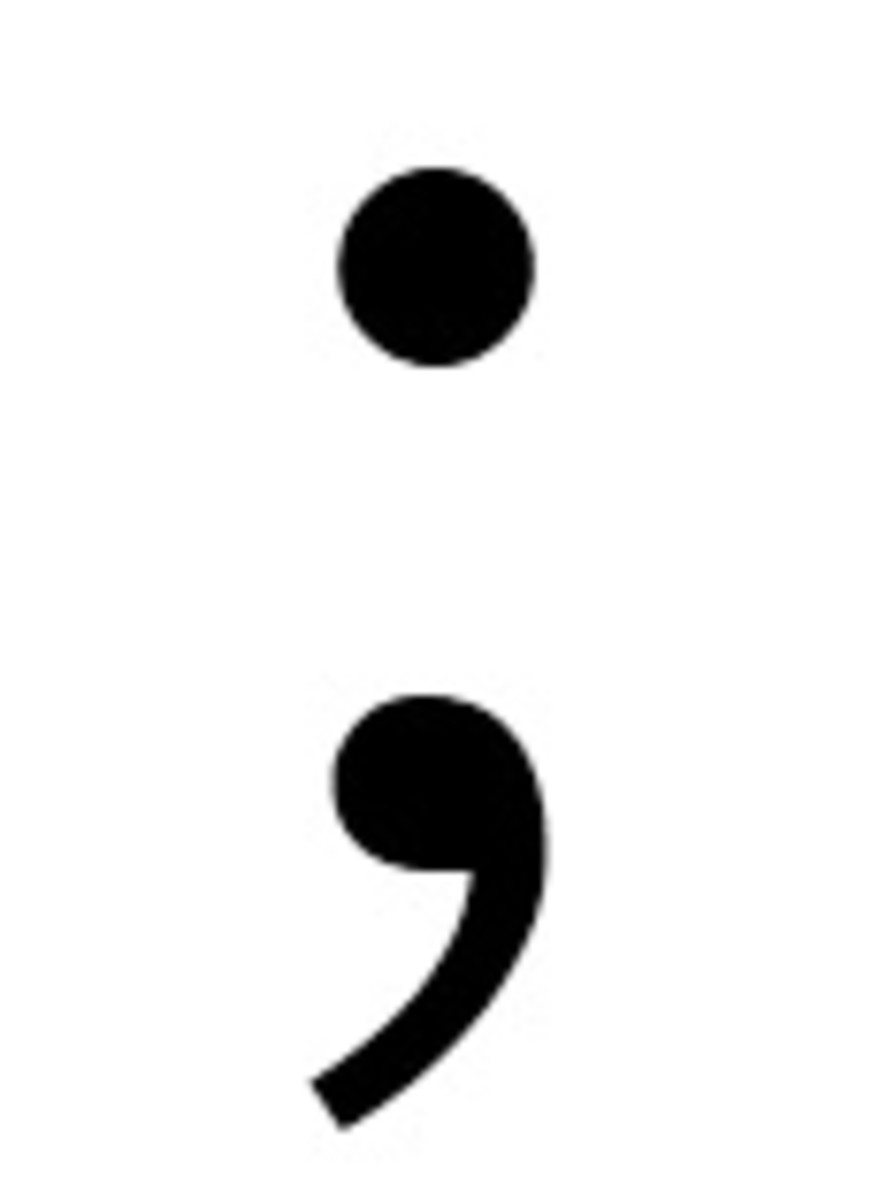How to Recognize and Fix a Comma Splice Grammatical Error
A comma splice occurs when a comma is used to join two independent clauses. This is an easy error to make, but it's a big no-no in English. Here, we'll briefly review independent clauses, determine how to identify what is a comma splice and what isn't, and discuss some easy fixes.

Independent Clauses
An independent clause (as opposed to a subordinate clause) contains a subject and a predicate and expresses a complete thought. Independent clauses can stand on their own as complete sentences.
Some independent clauses include:
- The dog ran quickly
- He got away
- I love watching movies
Each of these is an independent clauses because each one makes sense on its own; you don't need any extra information in order to understand them.
Some subordinate clauses include:
- Because the dog ran quickly
- When he got away
- Where I love watching movies
These clauses each have subjects and predicates, but they don't make sense all alone. You need more information to complete the thought.
What Is A Comma Splice
Comma splices occur when a writer joins two independent clauses in one sentence but doesn't do it correctly. The easiest way to figure out if you've just used a comma splice is to check the clause on either side of the comma. If each can stand alone as sentences, you've spliced it.

Let's take a look at the sentence above. Separating it at the comma, we find two independent clauses: "She used many comma splices in her writing" and "it was distracting." Each of these could stand alone; they do not need to be connected together in order to make sense.
Some more examples of the comma splice include:
- It was raining, he got wet.
- I just don't understand physics, my teacher doesn't explain it very well.
- I want to be a better writer, I have to start practicing.
What Isn't A Comma Splice
Not every comma that appears mid-sentence is evidence of a comma splice. Commas can sometimes be used to join an independent clause with a subordinate clause.
Here are some sentences that do not contain comma splices:
- When she ran out of milk, she bought some more at the store.
- Because the dog ran quickly, his owner was out of breath.
These sentences both contain two clauses joined by a comma. However, "When she ran out of milk" and "Because the dog ran quickly" are subordinate clauses, which means they cannot stand alone as sentences. In cases like these, it's appropriate to use a comma to join them to independent clauses and make complete sentences.
How To Fix A Comma Splice
There are several simple ways to eliminate comma splices from your writing.
The first way is to separate the clauses completely, using a period to start a new sentences instead of a comma to combine the clauses. Because each clause can stand on its own, you do not necessarily have to combine them at all. This is the best choice if your two clauses are not too closely related.


Using Coordinating Conjunctions To Fix Comma Splices
If your clauses are closely related and you would like to keep them connected in one sentence, there are two methods you can use to do this.
First, you can join two independent clauses putting a comma followed coordinating conjunction between them. Coordinating conjunctions join two or more items of equal importance, such as words, clauses, and sentences.
The easiest way to remember the coordinating conjunctions in English is to use the mnemonic "FANBOYS."
To fix the comma splice, pick the coordinating conjunction that makes the most sense in the context of your writing and combine the clauses accordingly.


Using Semicolons To Fix Comma Splices
The other way to combine independent clauses is to use a semicolon. Use this technique when the one clause expands the meaning of the other. In our sample sentence, "it was distracting" makes more sense when we realize that "it" is the use of comma splices in her writing.

Another Comma Splice Solution
If you'd still prefer to use a comma, you can always change one of your clauses from independent to subordinate. This is probably the least-used comma splice solution, but it's always nice to know what your options are.
In the example below, adding the word "because" to the first clause makes it subordinate. It no longer stands on its own and needs further explanation in order to complete the thought.
This is rarely the best solution available; semi-colons, commas with coordinating conjunctions, and separating the sentences entirely are all stronger options.

To Review
Comma splices occur when a writer uses simply a comma to join two independent clauses. The easiest way to check is to separate the clauses and see if each one can stand on its own as a complete sentence. If they can, you've got a comma splice. If not, your comma use is probably appropriate.
To avoid this error, you can split your clauses into two separate sentences using a period, join the sentences using a semicolon or a coordinating conjunction and comma, or re-word your sentence so that it contains a subordinate clause and an independent clause.








